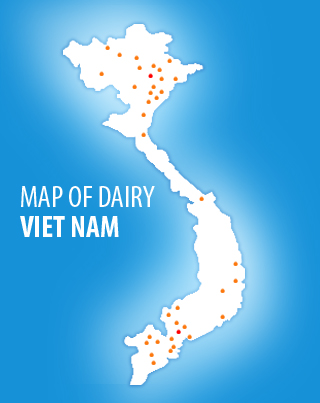News
California Dairy Industry Hasn’t Escaped Damage from Storms

Monica Ganley, analyst with the Daily Dairy Report and principal of Quarterra, an agricultural consulting firm in Buenos Aries, said that last week’s storms left “fields and barns in parts of California under water and many operations without power. In some cases, farm buildings were damaged by severe winds and falling trees. Flooding also caused some dairy manufacturing facilities to take unscheduled downtime.”
At least 19 people have died, while others have been evacuated from the San Joaquin Valley—a major dairy shed. Others in the Valley remain under an evacuation watch, and some highways and roads have been closed. Last week, President Joe Biden declared a state of emergency for California.
“Some areas of the state have already received as much rainfall as they do in a year, and the weather crisis has put California in the unusual position of simultaneously being under a state of emergency for both drought and flooding,” Ganley said.
While California’s storms should subside soon, extreme weather conditions will continue to impact milk production around the world, she noted. Hot, dry conditions undermined milk production in the United States, Europe, and South America in 2022, while wet conditions reduced output in New Zealand and Australia. Last year will likely be the sixth hottest year on record, at least, and warming temperatures show little sign of abating. The Met Office of the United Kingdom predicted that 2023 will be even warmer than last year.
While La Niña was responsible for many of last year’s challenging weather, the weather phenomenon is expected to dissipate sometime in the first quarter of 2023, Ganley noted. The National Oceanic and Atmospheric Administration forecasts that an El Niño will develop by the fourth quarter of this year, likely bringing warm, dry weather to the Pacific Northwest and Upper Midwest, wet conditions in the southern United States and for South American exporters, and drought in Australia.
“While it is impossible to predict the specific impacts of the El Niño weather phenomenon, clearly dairy producers must be prepared to deal with increasingly intense weather challenges in the future,” she warned.





















